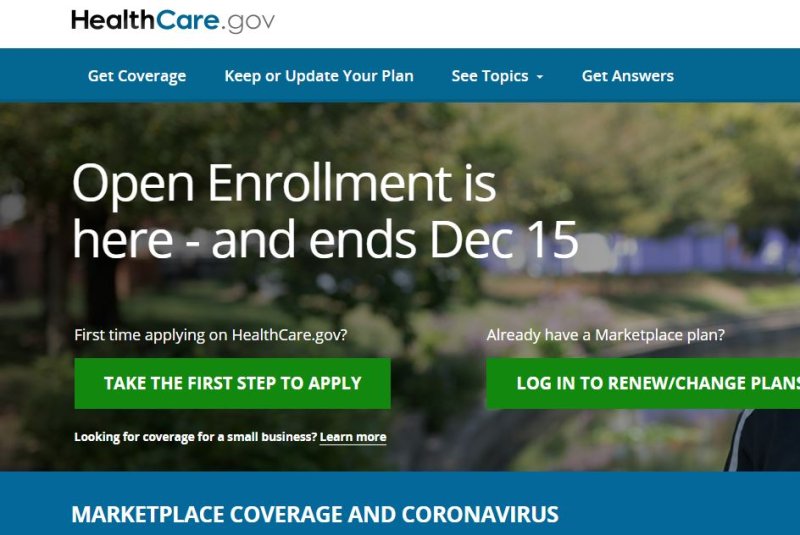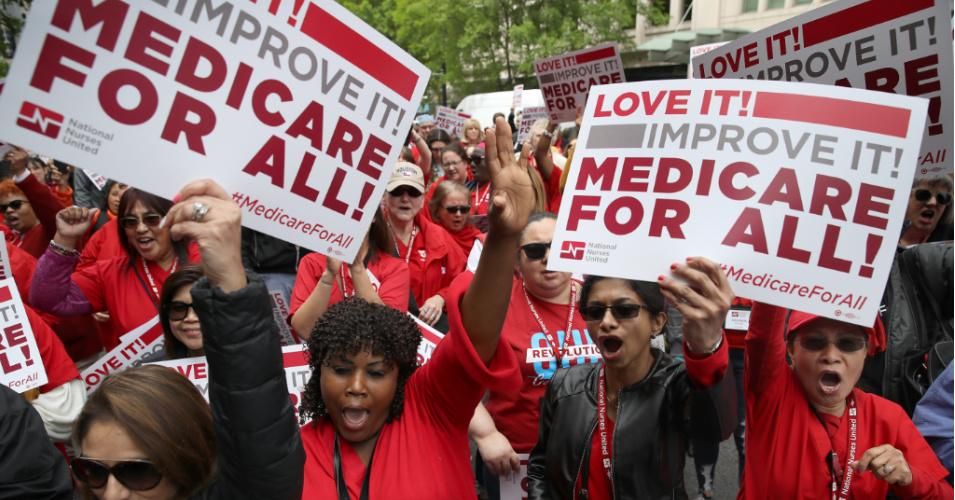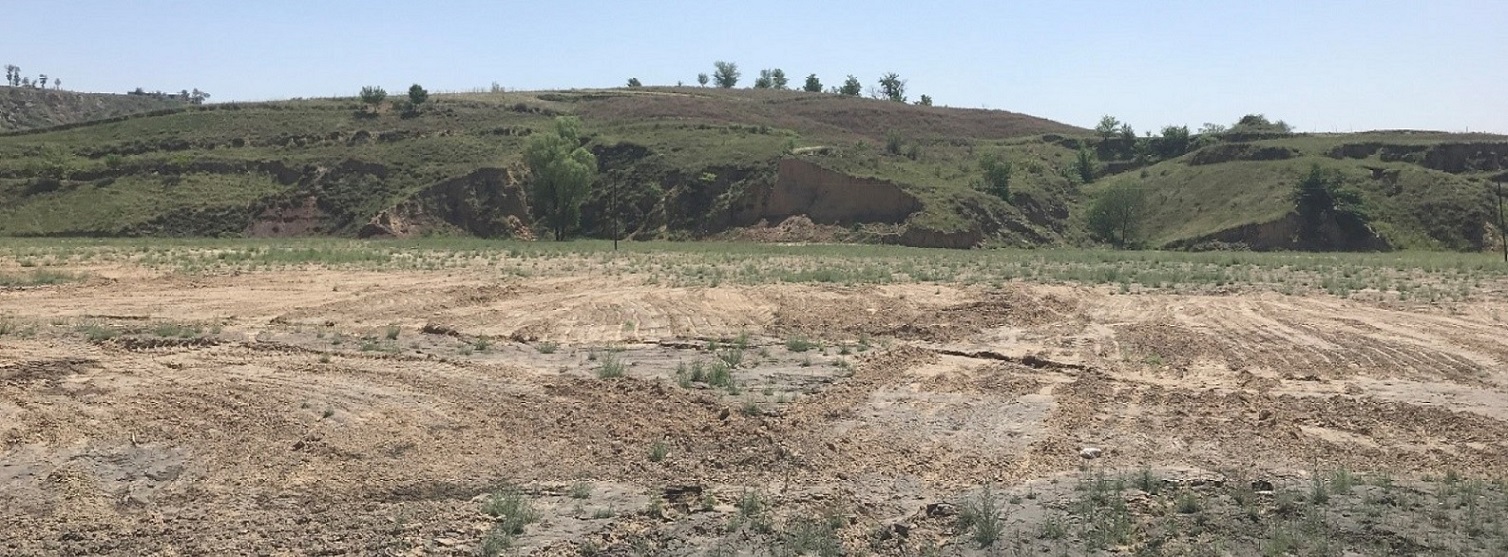Issued on: 09/09/2021 -

Zebulon Simentov in Afghanistan earlier this year
WAKIL KOHSAR AFP
New York (AFP)
The last member of Afghanistan's Jewish community has left the country following the Taliban takeover, an Israeli-American businessman who organized his evacuation told AFP Thursday.
Zebulon Simentov began his journey out of Afghanistan on Friday and arrived in a "neighboring country" Wednesday, said Moti Kahana, who runs a US-based private security firm.
For decades, Simentov refused to leave Afghanistan -- surviving a Soviet invasion, deadly civil war, brutal rule by the Taliban and the US-led occupation of his homeland.
Having already endured the Taliban's regime from 1996 to 2001, Simentov was reluctant to go when Kahana's security team arrived 10 days before his departure.
"At that time, he did not want to come out," said Kahana, who explained to Simentov that he was at risk of being killed by Islamic State-Khorasan militants.
"But he listened and I think he came to the conclusion himself," Kahana recalled.
Simentov asked Kahana if they could also take his "best friend" and their kids, so 29 neighbors joined him on the journey out.
Kahana said that Simentov has family in New York and plans to join them there soon, hopefully around the Yom Kippur holiday next week.
"He's definitely coming," Kahana added.
Born in the 1950s in the western city of Herat, Simentov moved to Kabul during the Soviet invasion in the early 1980s for the capital's then relative stability.
Over the decades, all Simentov's relatives left -- including his wife and two daughters.
But Simentov stayed put, despite the Taliban trying to convert him to Islam and imprisoning him four times.
He continued to mark Jewish new year Rosh Hashanah and Yom Kippur at Kabul's only synagogue.
"I have resisted. I have made the religion of Moses proud here," he told AFP during an interview earlier this year.
Jews lived in Afghanistan for more than 2,500 years, with tens of thousands once residing in Herat, where four synagogues still stand -- testimony to the community's ancient presence.
But they have steadily left the country since the 19th century, with many now living in Israel.
© 2021 AFP
New York (AFP)
The last member of Afghanistan's Jewish community has left the country following the Taliban takeover, an Israeli-American businessman who organized his evacuation told AFP Thursday.
Zebulon Simentov began his journey out of Afghanistan on Friday and arrived in a "neighboring country" Wednesday, said Moti Kahana, who runs a US-based private security firm.
For decades, Simentov refused to leave Afghanistan -- surviving a Soviet invasion, deadly civil war, brutal rule by the Taliban and the US-led occupation of his homeland.
Having already endured the Taliban's regime from 1996 to 2001, Simentov was reluctant to go when Kahana's security team arrived 10 days before his departure.
"At that time, he did not want to come out," said Kahana, who explained to Simentov that he was at risk of being killed by Islamic State-Khorasan militants.
"But he listened and I think he came to the conclusion himself," Kahana recalled.
Simentov asked Kahana if they could also take his "best friend" and their kids, so 29 neighbors joined him on the journey out.
Kahana said that Simentov has family in New York and plans to join them there soon, hopefully around the Yom Kippur holiday next week.
"He's definitely coming," Kahana added.
Born in the 1950s in the western city of Herat, Simentov moved to Kabul during the Soviet invasion in the early 1980s for the capital's then relative stability.
Over the decades, all Simentov's relatives left -- including his wife and two daughters.
But Simentov stayed put, despite the Taliban trying to convert him to Islam and imprisoning him four times.
He continued to mark Jewish new year Rosh Hashanah and Yom Kippur at Kabul's only synagogue.
"I have resisted. I have made the religion of Moses proud here," he told AFP during an interview earlier this year.
Jews lived in Afghanistan for more than 2,500 years, with tens of thousands once residing in Herat, where four synagogues still stand -- testimony to the community's ancient presence.
But they have steadily left the country since the 19th century, with many now living in Israel.
© 2021 AFP













